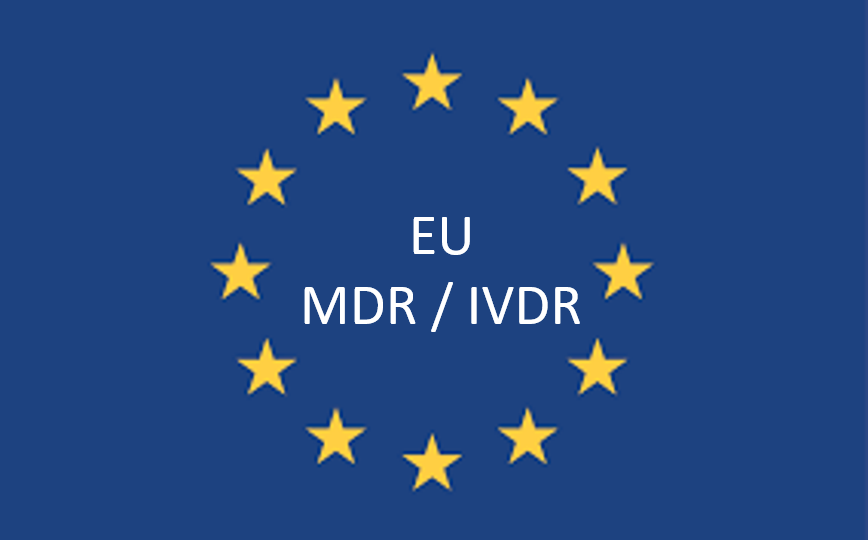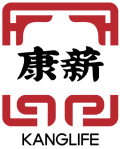Quality Management System Consulting
Medical device quality management system is an important method to ensure the quality of medical devices, and its importance is self-evident. Mainstream medical device markets countries have similar requirements for quality management systems. However, it is a big problem for many companies to quickly identify the different requirements of different quality management systems and implement them into the quality management system.
Kanglife has the team of experts who have been engaged in quality management system management and certification for many years, and can guide companies to quickly establish quality management systems with different requirements.
ISO 13485
ISO 13485 Medical Devices Quality management systems Requirements for regulatory purposes was released by the International Organization for Standardization ISO/TC 210. The currently valid version is the 2016 version.
ISO 13485:2016 sets out the requirements for a quality management system that an organization needs to demonstrate its ability to provide medical devices and related services that consistently meet customer and applicable regulatory requirements. These organizations may be involved in one or more stages of the life cycle, including the design and development, production, storage and distribution, installation or repair of medical devices, as well as the design and development or provision of related activities (such as technical support). ISO 13485:2016 may also be used by suppliers or external parties who provide products (including quality management system related services) to such organizations.
ISO 13485:2016 is currently the most widely recognized quality management system.
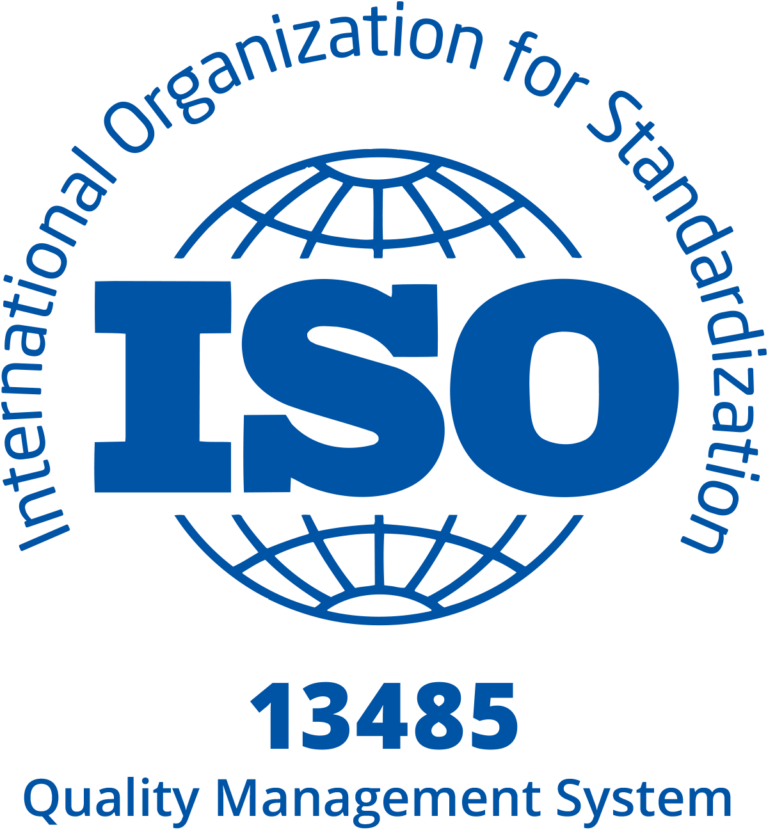
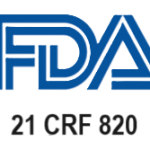
QMSR (Formerly QSR 820)
The U.S. Food and Drug Administration (FDA) has formulated regulations regulating the quality system requirements of medical device companies based on the Federal Food, Drug, and Cosmetic Act, the highest legal document on medical device management. That is Quality System Regulation, referred to as QMSR.
QMSR describes the requirements for Current Good Manufacturing Practice (CGMP). It specifies the methods, facilities, and controls used in the design, manufacture, packaging, labelling, storage, installation, and service of all medical devices. These requirements are designed to ensure that the finished medical device is safe and effective and complies with the U.S. Food, Drug, and Cosmetic Act.
QMSR sets out basic requirements applicable to medical device manufacturers. All companies selling medical devices to the United States are responsible for understanding, implementing and complying with the requirements of this part of the regulations. They are the basic requirements that most medical devices must comply with before being put on the market in the United States and may be randomly inspected at any time after being put on the market. This kind of spot inspection is commonly known as FDA factory inspection or unannounced inspection.
GMP
China GMP, the Good Manufacturing Practice for Medical Devices, is to strengthen the supervision and management of medical device production and standardize the production quality management of medical devices. According to the "Regulations on the Supervision and Administration of Medical Devices" , "Measures for the Supervision and Administration of Medical Device Production" . China's GMP is a regulatory requirement and requires mandatory implementation. That is to say, medical devices produced and sold in China must comply with GMP requirements.
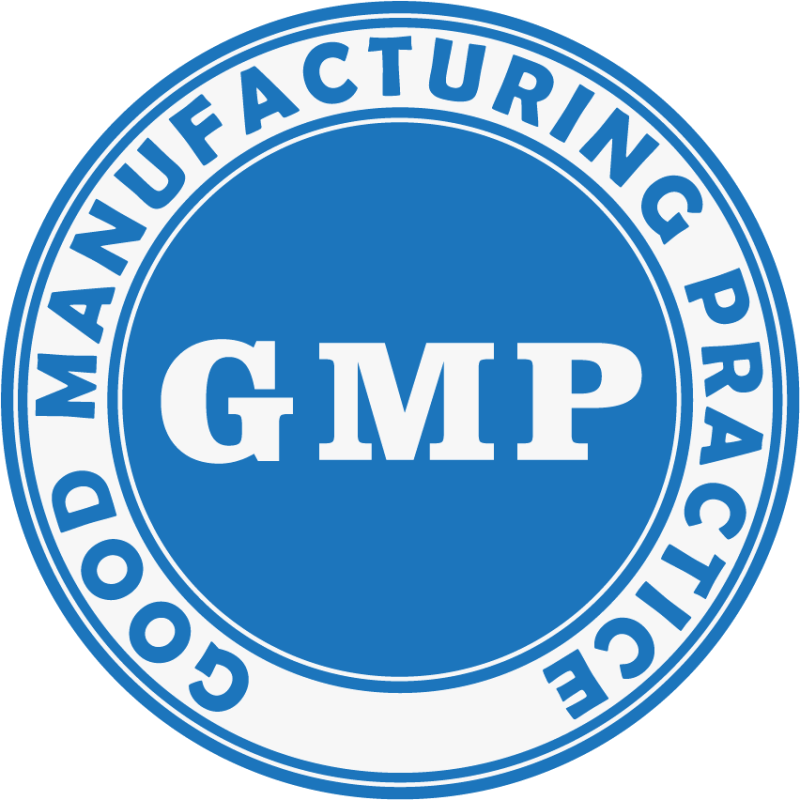
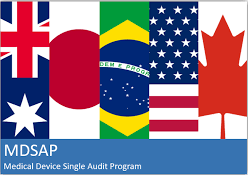
MDSAP
The Medical Device Single Audit Program (MDSAP) was initiated by the International Medical Device Regulators Forum (IMDRF) and is based on ISO 13485, combining five participating countries (the United States, Canada, Brazil, Australia and Japan). ) regulatory requirements, a program that meets the regulatory requirements of multiple countries will be audited by an accredited audit agency. The Medical Device Single Audit Program (MDSAP) provides a single quality management system (QMS) audit that meets the requirements of all participating regulatory agencies.
MDSAP Advantages
To put it simply: Get the certificate once and travel to five countries (Austria, Brazil, Canada, Japan, and the United States)
- Reduce the burden and disruption of multiple regulatory audits for medical device manufacturers
- Provide a predictable audit plan (including audit start and end schedules)
- Access multiple markets with a single audit to improve patient health and access to treatments, benefiting a broad range of patients
- Leverage regulatory resources to save time and costs
- ISO 13485 (Medical Device QMS) review can be included
- Audit requirements include regulatory requirements in Australia, Brazil, Canada, Japan and the United States
- Reduce time and resources spent processing multiple audit findings
- Improve industry transparency
- Currently, it is more expensive for medical devices to enter the EU regulatory market than in the past. MDSAP provides new possibilities for overseas markets and keeps the cost at an acceptable level.
IVDR/MDR Quality Management System Upgrade
Regarding the quality management system, Article 10, Point 8, of the EU MDR/IVDR Regulation clearly requires: Manufacturers shall ensure that the necessary processes are adopted to make the production of product series comply with the requirements of this regulation.
A quality management system that meets the requirements of MDR\IVDR regulations should at least include the following aspects:
1、Regulatory compliance strategy, including compliance with compliance assessment processes and change management of devices covered by the system
2、Identify applicable general safety and performance requirements, and identify options to meet these requirements
3、Management responsibilities
4、Resource management, including selecting and managing suppliers and subcontractors
5、Risk Management
6、Clinical evaluation/performance evaluation, including post-marketing PMCF/PMPF
7、Product realization, including planning, design, research and development, production and service provision
8、Verify UDI assignments for all relevant devices and ensure consistency and validity of the information provided
9、Post-marketing supervision system, establishing, implementing and maintaining the post-marketing supervision system
10、Communicate with competent authorities, notified bodies, other economic operators, customers and/or other stakeholders
11、Incident Reporting & FSCA: Reporting process for serious incidents and on-site safety corrective measures under alert conditions
12、CAPA Management: Management of corrective and preventive actions and verification of their effectiveness
13、Monitor and Measure: Monitor and evaluation processes for products, data analysis, and product improvements
